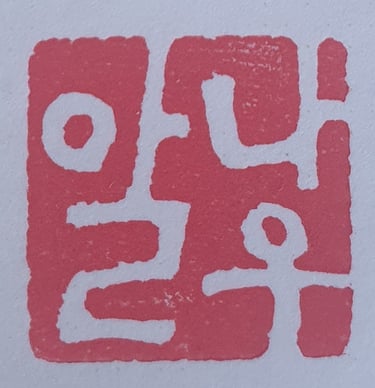Jeonju
Our Fourth Stop : The City of Jeonju
To get there, we took a KoBus. It’s just as comfortable, if not more so, than the train. There’s plenty of legroom between the seats, and all buses are air-conditioned.
Jeonju is located in the southeastern part of the peninsula. It’s a small city renowned for its beef bibimbap (쇠고기 비빔밥).
It's a small town, but it offers the most incredible immersion into the Joseon Kingdom. And for good reason: we're in the Jeonju hanok village (houses of traditional architecture), to the point where we forget the futuristic allure of Seoul and the skyscrapers of Busan.
And since traditional houses mean traditional accommodations, we decided to stay in a hanok.
Sleeping on a thin mattress placed directly on the floor may seem uncomfortable. However, quite the opposite—it was incredibly restful, and we fully recovered from the fatigue accumulated during our previous visits.Our Fourth Stop: The City of Jeonju
To get there, we took a KoBus. It’s just as comfortable, if not more so, than the train. There’s plenty of legroom between the seats, and all buses are air-conditioned.
Jeonju is located in the southeastern part of the peninsula. It’s a small city renowned for its beef bibimbap (쇠고기 비빔밥).
It's a small town, but it offers the most incredible immersion into the Joseon Kingdom. And for good reason: we're in the Jeonju hanok village (houses of traditional architecture), to the point where we forget the futuristic allure of Seoul and the skyscrapers of Busan.
And since traditional houses mean traditional accommodations, we decided to stay in a hanok.
Sleeping on a thin mattress placed directly on the floor may seem uncomfortable. However, quite the opposite—it was incredibly restful, and we fully recovered from the fatigue accumulated during our previous visits.
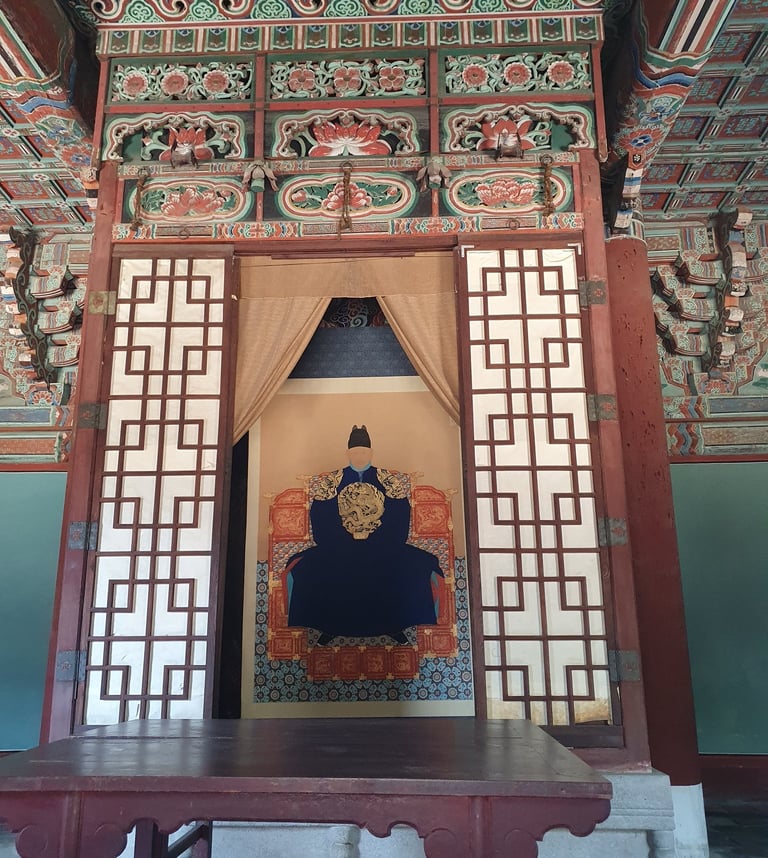

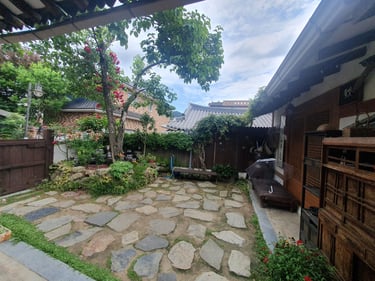
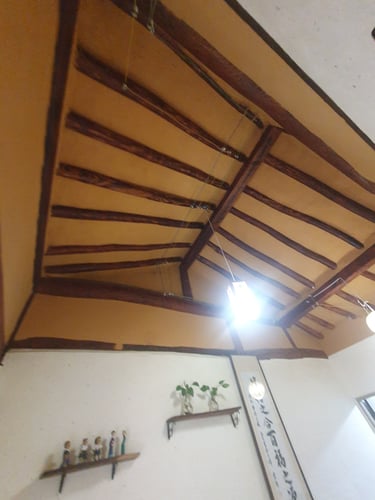
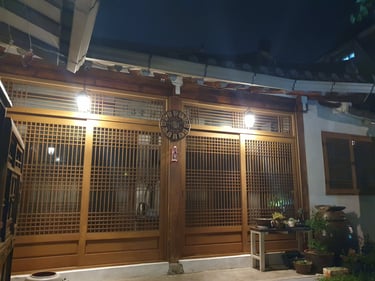
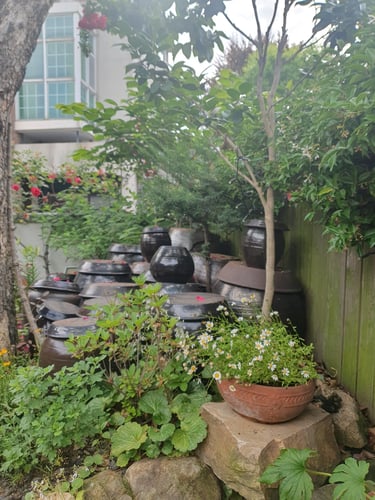
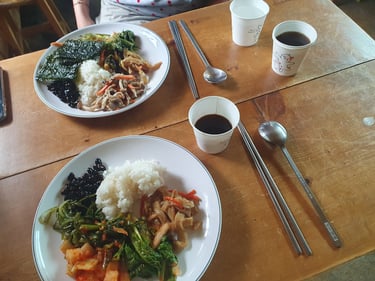
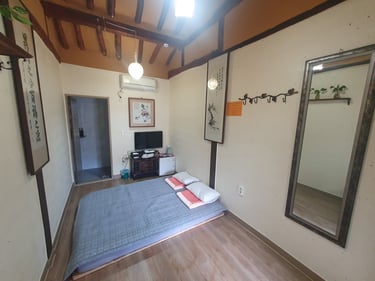
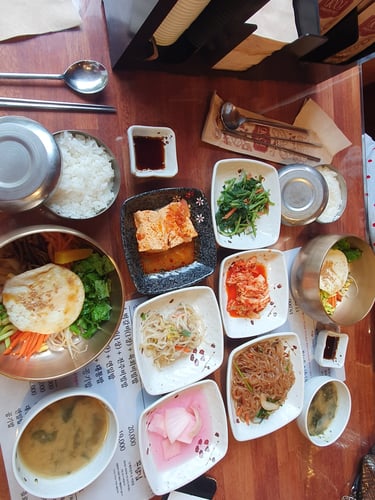
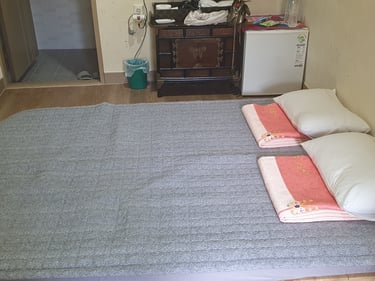
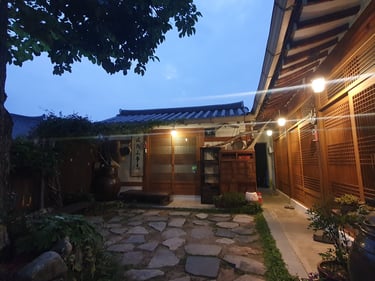









After the hustle and bustle of Busan, the few days we spent in Jeonju showed us a different side of Korea—one we had already glimpsed in Gyeongju, but this time with a stronger feeling of slow life, which we hadn’t appreciated in quite the same way before. Perhaps because we stayed a little longer this time.
Jeonju was my favorite stop of the entire trip.
Very peaceful and elegant, the city is filled with designer boutiques scattered throughout the streets. You can even have a "dojang"—a traditional stone seal used to sign your name in Hangeul—engraved for yourself.
A Visit to Jeonju Is Not Complete Without Gyeonggijeon
Gyeonggijeon: A Historical Gem in the Heart of Jeonju
Located in the city of Jeonju, South Korea, Gyeonggijeon is a historic sanctuary that embodies both the royal heritage of the Joseon Dynasty and the cultural spirit of the region. Built in 1410, during the reign of King Taejong, this site houses the portrait of King Taejo, the founder of the Joseon Dynasty, and stands as one of Korea’s most treasured national relics.
A Place Steeped in History
From the moment you step inside the sanctuary, you are transported to another era. The main hall, where King Taejo’s portrait is preserved, serves as the heart of the site. This sacred space reflects the importance of ancestral rites in Confucian culture, which deeply shaped Joseon society.
Surrounding the sanctuary, several historical buildings, including Jeonju Sago, house archives and valuable documents related to Joseon’s history. In the past, this location was a center for studying and preserving royal manuscripts.
Authentic and Well-Preserved Architecture
Gyeonggijeon is distinguished by its harmonious traditional Korean architecture. The curved roofs, solid wooden pillars, and delicate painted motifs illustrate the refined elegance of the Joseon era. The site is also surrounded by a vast garden, perfect for meditation and contemplation.
In autumn, fiery maple leaves add a magical touch to the scenery, while in spring, cherry blossoms enhance the sanctuary’s peaceful atmosphere. This enchanting setting makes Gyeonggijeon a must-visit destination for history lovers and photography enthusiasts alike.
Gyeonggijeon and Local Culture
Beyond its historical significance, Gyeonggijeon is a living site where numerous cultural events take place. It is especially central to the Hanbok Festival, where visitors can wear traditional Korean clothing and fully immerse themselves in the Joseon ambiance.
Additionally, the sanctuary is an essential stop for understanding the deep connection between Jeonju and the Joseon royal family. The city, regarded as the birthplace of this dynasty, is rich in cultural treasures, including the famous Jeonju Hanok Village, located just a few steps away from Gyeonggijeon.
An Unmissable Visit
Whether you are a history enthusiast, a lover of Korean culture, or a traveler seeking authenticity, a visit to Gyeonggijeon promises an unforgettable journey into Korea’s past. With its well-preserved heritage, natural beauty, and vibrant traditions, this site embodies the very essence of Jeonju—a true jewel of the Land of the Morning Calm.
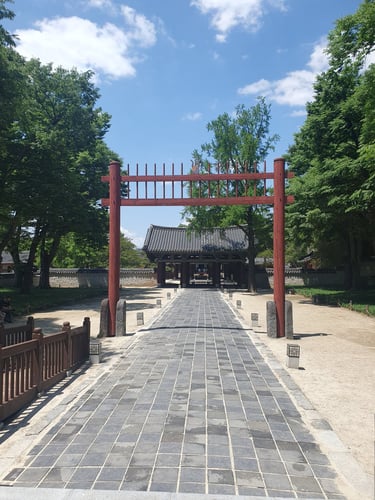
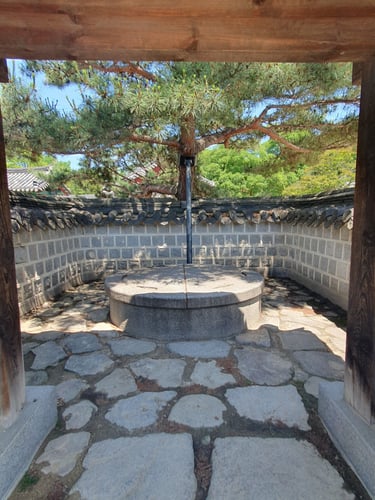
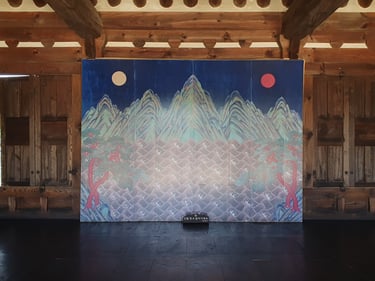
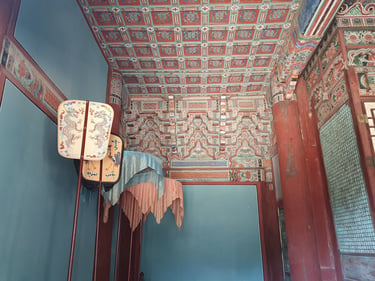
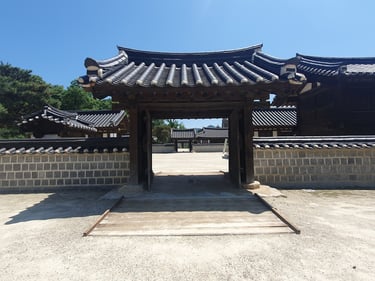
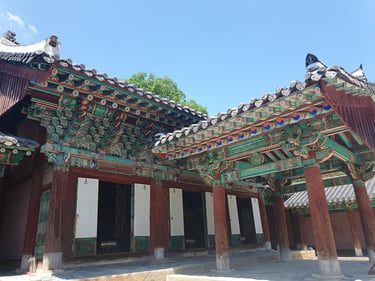
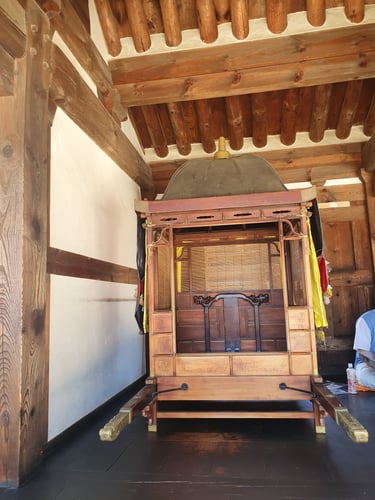

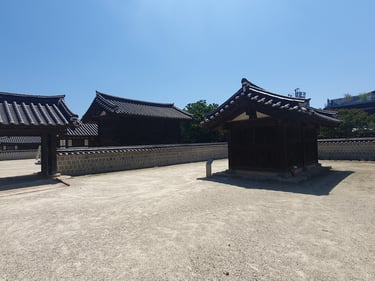
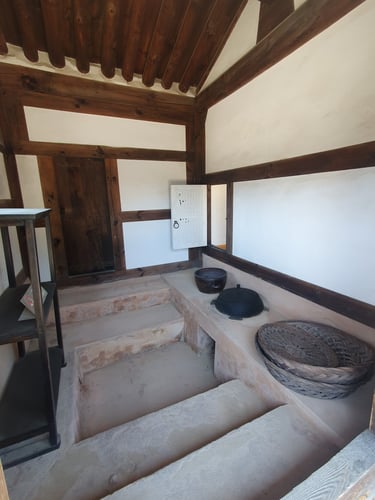
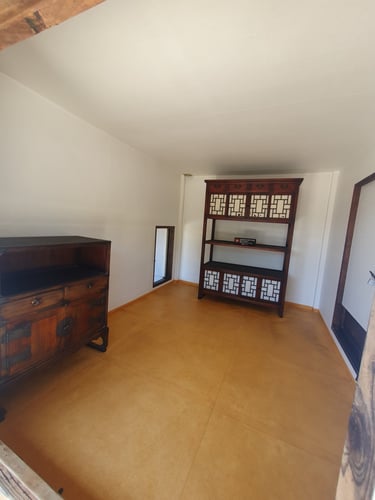
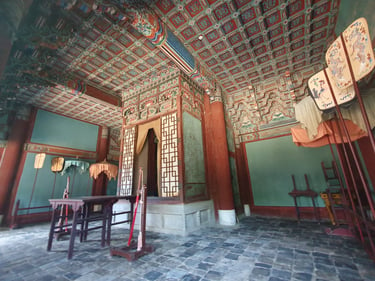












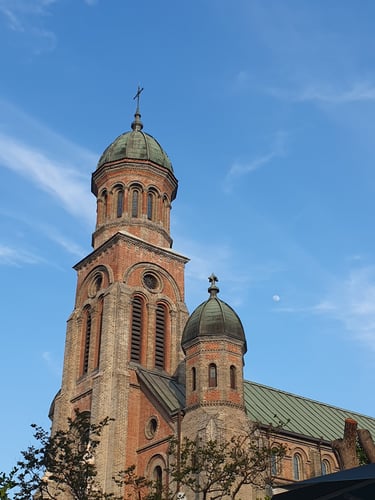
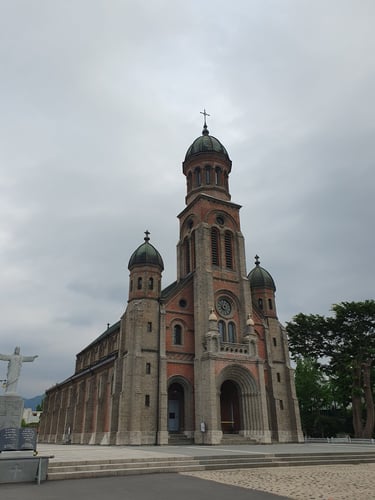


I'll make a brief architectural aside here, but not an insignificant one. Near the hanok village stands Jeondong Cathedral, built by François-Xavier Baudonet in the Romano-Byzantine style. This certainly makes it stand out in the landscape of traditional buildings.
